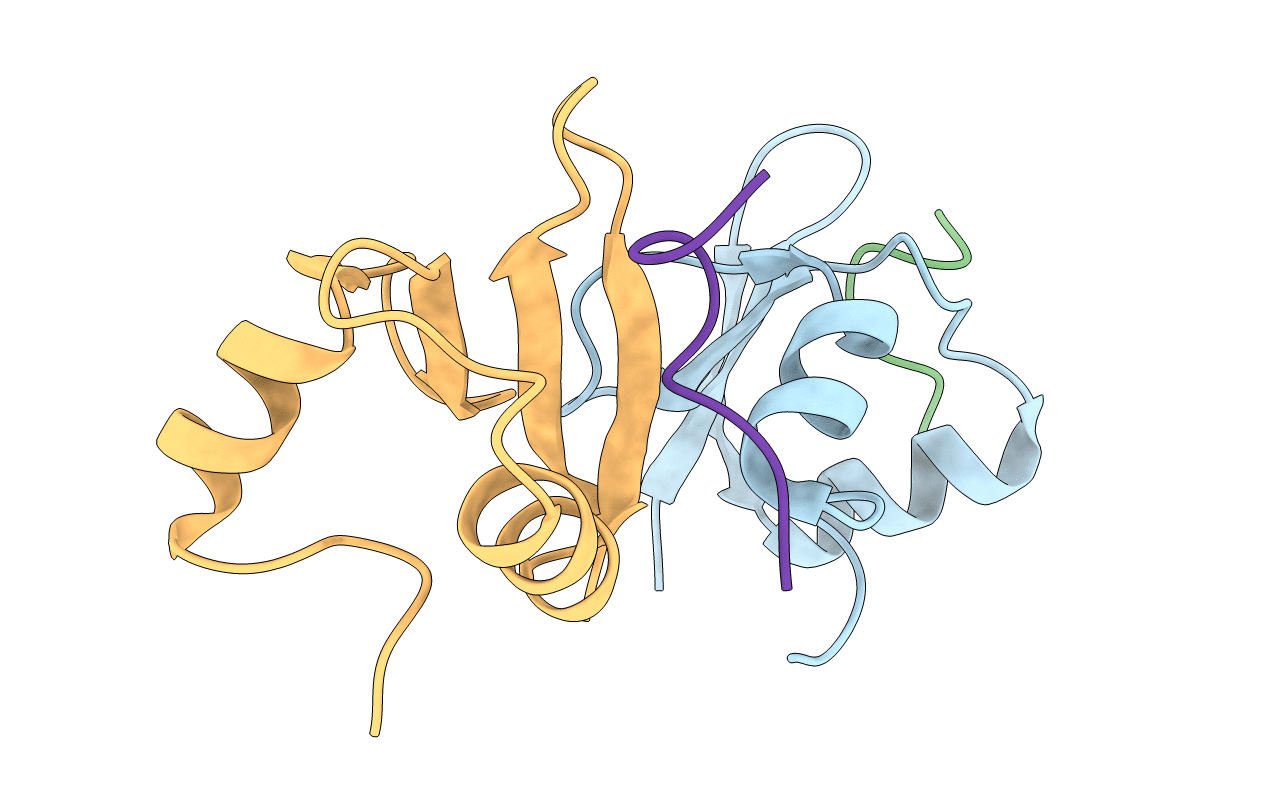
Deposition Date
2021-08-18
Release Date
2022-08-24
Last Version Date
2023-10-25
Method Details:
Experimental Method:
Resolution:
1.79 Å
R-Value Free:
0.18
R-Value Work:
0.16
R-Value Observed:
0.16
Space Group:
C 1 2 1


